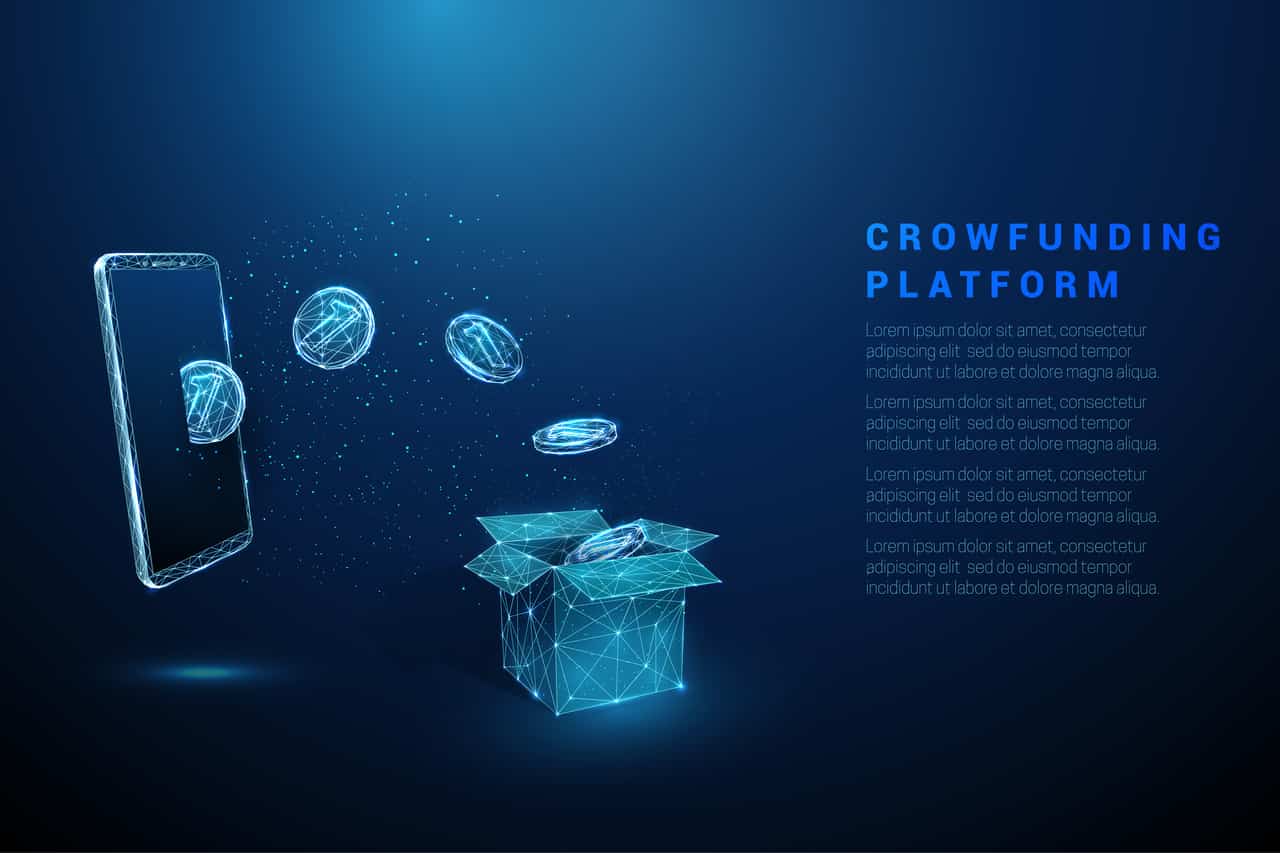A community fundraising campaign is a broad term that includes all of the activities necessary to raise money for a cause. It is an excellent way to boost awareness of your cause and help to get the word out. However, it’s not just asking your friends, family members, and acquaintances to donate cash. You need to plan out your campaign to reach your goal easily.
The goal of any successful campaign is to raise enough funds to reach the target amount. The strategies used to achieve this goal vary from person to person. It also depends on the type of fundraiser being conducted.
You can’t succeed in community fundraising without a solid foundation. You need to know your cause and why it’s important to the community you’re trying to reach. You also need to understand the community’s needs and how your project will meet those needs.
Table of contents
What You Need To Have A Successful Fund Raising
What are the pressing issues in the community? What struggles do a particular demographic face? If you’re not sure where your target group is spending their time, you can ask around! Also, consider the possibility that someone else in your area is doing similar work and see if any resources are available.
Ensure your messages and objectives are clear and resonate with the audience. This needs to be something they’re likely to respond to positively. For example: “We’re raising money so that we can continue providing services like X.”
Outline how you’ll get people’s attention and interest in your undertaking. This is where social media comes in. But other types of advertising could be more effective for reaching new audiences.
Before You Start
Understand Your Potential Donors
Who will be donating, and what are their interests? What does their support mean to you? These details will help you decide on the best way to approach them about donating money to your cause.
Identify Specific Donors
Do they have money in their bank accounts? Are they willing to give it up for a cause they believe in? If so, you may want to contact them directly and ask them if they would like to contribute money towards helping out with your cause. If not, work on making other connections with people who might be willing to help with your undertaking.
Set Goals And Deadlines
Once you know where the money is coming from and who it’s coming from, set goals and deadlines for when you want donations received.
Different Types of Fundraising Methods
Events
Events are probably the most common method of fundraising for a community. They can be a great way to raise money. When you host an event, you get people who are interested in your cause and come together to support your efforts.
Events can be anything. It can be anything from simple walks, to large parties, to fun runs, galas, walk-a-thon, silent auctions, hike-a-thon, concerts, and more. They are a great way to raise awareness of your cause and get your name out there while raising money.
Hour-A-Thon Fundraising events are usually perceived as being fun, and they can attract a huge crowd. It can be easier to convince potential donors if they can put names to faces.
Also, events don’t have to cost much either. You can have your friends, family, and other community members help you. The money you raise may come in different forms, depending on the type of event you hold.
However, events can be time-consuming and labor-intensive because of the details that go into their planning. There’s also the fact that an event can be ruined by bad weather, a guest not showing up, a competing event on the same day, and other details you may not have control over.
Direct mail
If you have a large mailing list, direct mail is an effective method of raising funds for your community. Most donors who use this method are older individuals who prefer more formal giving. Direct mail donations are usually in the form of checks.
Direct mail can reach the donor segment that online fundraising may not get. And it may be more effective if most of your donor pool is older. Unlike other online fundraising methods, direct mail can give you a chance to provide more in-depth information to your benefactors. Details that you can’t say in texts, Facebook ads, tweets, or even mail.
Its drawback is that it can be time-consuming and challenging to start. And compared to email marketing, direct mail can be costly.
Telephone Solicitation
Telephone solicitation is a common method of fundraising. You can ask donors to donate by phone. It’s usually with a request for a donation to support a specific cause. You can use phone solicitation to raise funds by calling people identified as potential donors. You can also call people who have made previous donations and ask them to make another donation.
The advantage of phone solicitation over other forms of fundraising is that it allows you to make more personal connections with potential donors than other methods do because it’s one-on-one communication.
They are also usually less expensive than other fundraising methods because you don’t need to print materials or mail them. However, they are far more time-consuming than other methods because you need to call each person on your list and make the request personally.
Phone solicitations can also be inadequate if you don’t follow up with donors after they give their money. Therefore, ensure you make follow-up calls.
Crowdfunding

Crowdfunding can be a great platform if you are looking to raise money. With crowdfunding, you put up an appeal for donations that can entice potential supporters. The idea behind crowdfunding is to get many individuals, each giving a small donation. Crowdfunding can be a good strategy for raising quick money for an unforeseen need that requires a fast response.
Usually, a story is what fuels a crowdfunding crusade; as such, make sure you do it right! Post regular updates, and tell your story using exciting and compelling videos and images. You can share them via mail and social media.
Crowdfunding can be time-consuming because you need to constantly communicate with donors, updating them about your progress and any setbacks you may have encountered.
Online Donations
Online donations are one of the best ways to raise money. Many online platforms allow you to set up an online giving page and collect contributions. You can also use these avenues to organize fundraising campaigns and track the results of each campaign. When setting up a website donation page, ensure it’s smooth and user-friendly.
Online donation platforms are great for collecting small amounts of money, such as $1 or $5, but they’re not so good for large transactions (more than $10 at once). If you need larger amounts of money ($50, $100, etc.), consider setting up a recurring monthly donation plan with a credit card processor instead.
Setting up a fundraising platform is easy, and the entry requirement is low. Compared to other strategies like the traditional in-person or direct mail solicitation, the online fundraiser can reach a much wider target. Online donating can also be quicker and more convenient because it can be done with a click of a button. The donor doesn’t have to write a check and then mail it.
Door-to-Door Solicitation
It is the most common way of fundraising and can be done on your own or with a group of friends. It’s important to have permission from your neighbors first, but once that is taken care of, you can hit the streets for donations.
Start by setting up a table in front of your home or business and putting out some homemade signs. When people see them, they will probably stop by and donate.
You can also get together with neighbors and knock on doors asking for donations. A person is much more likely to give money when they feel like they are helping out someone else rather than just taking advantage of a situation.
For this method of fundraising to work, you need volunteers who can go door to door and talk with potential donors about your cause. These volunteers should be dressed appropriately so they don’t look like they are trying to sell something. They should also be able to answer questions about your cause, provide information about how much money you need, make appointments with potential donors, and follow up after each appointment with a thank you note or email.
After: What to Do
Build Relationships with your Donor
Continue building trust with your donors and with your community. By doing this, you’ll be able to build relationships and continue to ask for support. You can also use these relationships to create new ones down the road.
Monitor and Evaluate
You must measure and evaluate the success of your fundraising methods and activities. Decide on the strategies you’ll adapt, and then develop metrics based on your objectives. You can then use these metrics as key indicators to accomplish your goals. This can be qualitative or quantitative, or both. And based on the set timeline, continuously measure and assess your progress. Doing this will tell you whether your methods are working or not.
Final Thoughts
The best way to have a successful fund drive is to ensure a clear goal. Understand the kind of community you’re fundraising for. You will likely meet your objectives best when you can provide a valuable service or product, when you are transparent about its worthiness, and involve everyone in the community before the actual fundraising begins. Community fundraising certainly gets people talking, but that’s half the battle. How you plan and execute the whole process is key to a successful fundraiser.





